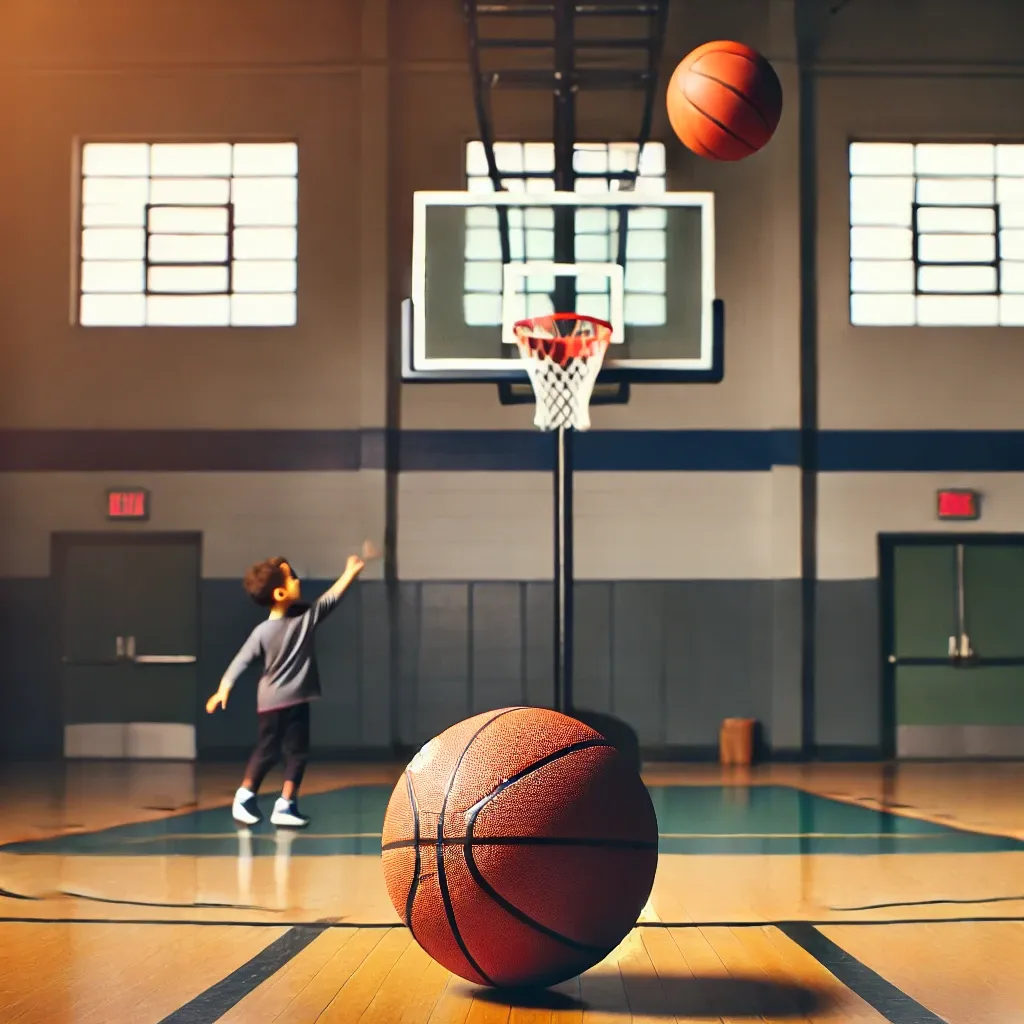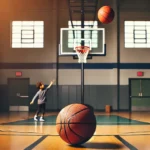Wondering about the ideal basketball size for elementary school players? Discover the perfect basketball size and why it’s crucial for young players’ development. Read on to find out more!
Recommended Basketball for Elementary School Players
When it comes to introducing basketball to elementary school children, one of the key factors is choosing the right equipment, especially the basketball. The ideal basketball size can have a huge impact on a child’s ability to learn the game, develop proper shooting form, and enjoy the sport. Choosing the wrong size can lead to frustration, hinder skill development, and even cause potential injury.
Key Points to Consider When Choosing a Basketball:
-
Size and Weight Matter The right size ensures children can grip and handle the ball effectively.
-
Age Appropriateness The ball should match the player’s age and physical abilities.
-
Skill Development A properly sized basketball allows young players to focus on shooting, dribbling, and passing techniques.
-
Comfort Level A ball that feels too heavy or too large can cause unnecessary stress, making the game less enjoyable.
-
Durability Choose a ball designed to withstand the rougher surfaces and frequent use typical in school settings.
Basketball Size Guidelines for Elementary School:
-
Size 5 Ideal for children between the ages of 9 and 11. The circumference is about 27.5 inches, and the weight is around 17 ounces. This size allows children to develop basic skills like shooting and dribbling.
-
Size 4 Best for younger players (around 5 to 8 years old), with a circumference of 25.5 inches and a weight of about 14 ounces. It’s perfect for small hands, enabling better grip and control.
Choosing the right basketball can significantly enhance a child’s basketball experience, ensuring they are learning the fundamentals in the most effective way possible.
Elementary School Basketball
Basketball is an exciting and fast-paced sport that offers many physical, social, and mental benefits for elementary school-aged children. Whether it’s for physical education class, recreational play, or the start of competitive play, understanding the dynamics of the game and the right equipment is essential for young players.
Elements of an Elementary School Basketball Program:
-
Introduction to Basic Rules Teaching the fundamentals of basketball such as dribbling, shooting, and passing.
-
Building Teamwork Encouraging cooperation and communication among young players.
-
Physical Fitness Developing coordination, agility, and overall physical fitness through basketball activities.
-
Fun and Engagement Making sure the game is enjoyable and engaging to spark a lasting interest in the sport.
-
Safe Environment Ensuring that the playing area and equipment are safe for young players.
The right basketball size ensures that elementary school children can enjoy the game without unnecessary strain. A ball that is too big or heavy can be discouraging, while a ball that’s too small may not give the child a realistic sense of the game’s challenges. This is why finding the perfect size is not just about comfort; it’s about fostering a positive experience that can lead to a long-lasting love for the sport.
Elementary School Basketball Size
Choosing the correct basketball size for elementary school children is crucial, as it directly affects their development in the game. As mentioned earlier, Size 5 is the most popular and widely recommended size for children ages 9-11, while younger players should use Size 4.
Why the Right Basketball Size is Important:
-
Proper Grip A smaller basketball fits the child’s hands better, making it easier to handle and control.
-
Shooting Technique A well-sized ball helps players develop good shooting mechanics, leading to more successful attempts and increased confidence.
-
Ball Handling The right size ensures young players can focus on learning dribbling and passing without struggling with a ball that’s too big or too small.
-
Injury Prevention Using a ball that’s too large can lead to poor shooting form, which might increase the risk of shoulder or wrist injuries.
-
Game Experience A basketball that is properly sized allows for a more authentic game experience, helping children understand the sport better.
How to Determine the Right Size:
-
For children aged 5-8 years, the Size 4 ball is best.
-
For children aged 9-11 years, the Size 5 ball is the most appropriate.
-
Older children (12 years and up) can typically handle the standard Size 6 ball for girls or Size 7 for boys, but for younger kids, it’s critical to start with a smaller size.
By making the right choice, you set up young players for a successful introduction to the sport. Not only will this help them build confidence, but it will also encourage their long-term interest in basketball.
Conclusion
When it comes to elementary school basketball, choosing the right size ball is an essential first step toward fostering a child’s development in the sport. Whether they are learning the basics of dribbling, passing, or shooting, using the right size basketball is crucial for their growth and enjoyment of the game.
As you’ve seen, Size 4 and Size 5 are the most commonly recommended basketball sizes for young players, depending on their age. This ensures they are equipped with the right tool to improve their skills, prevent injuries, and have fun while learning the game.
Remember, the goal of basketball for elementary school children isn’t just about competition; it’s about laying a strong foundation for their physical and social development. Keep in mind the importance of selecting the correct size ball, and you’ll be setting them up for success on and off the court.
“Success is the sum of small efforts, repeated day in and day out.” – Robert Collier. With the right equipment, every effort your child puts in will help them grow as a player and as an individual.






